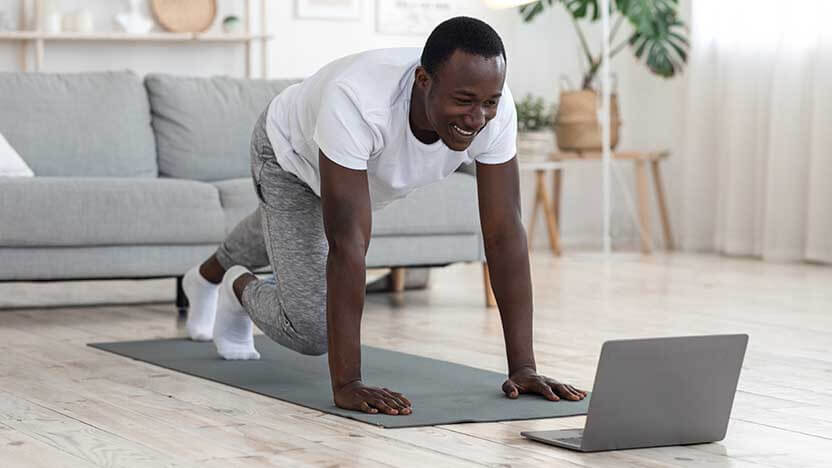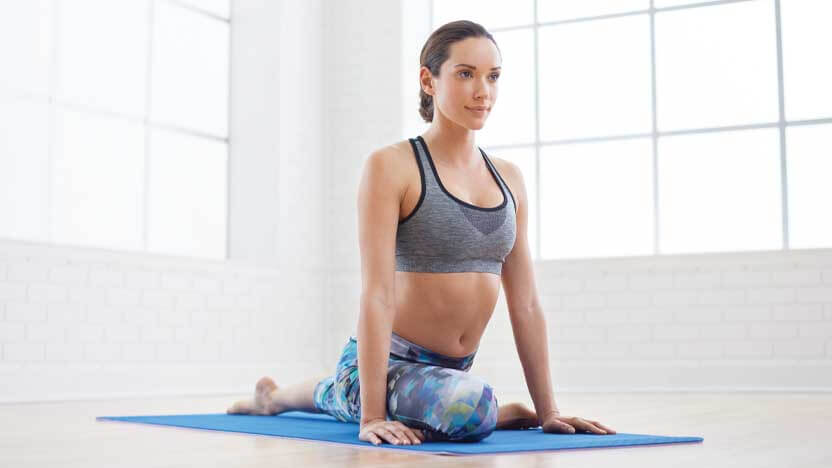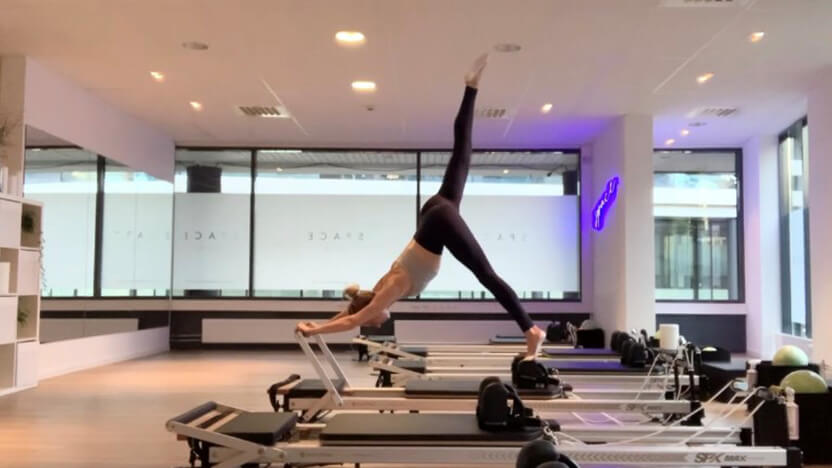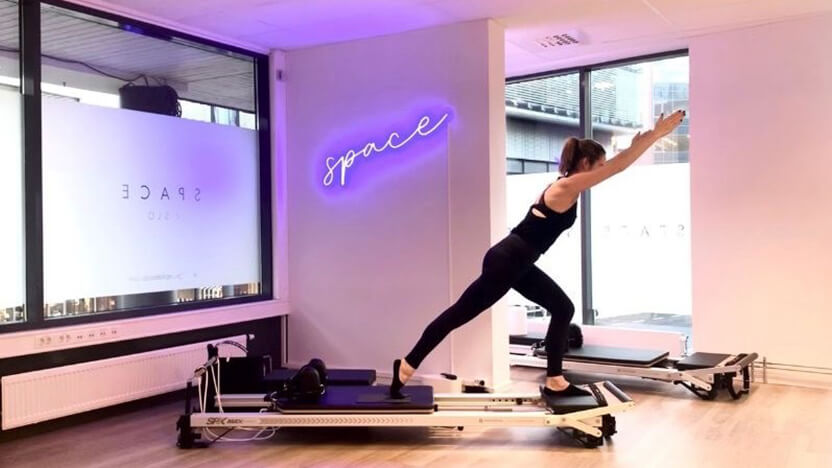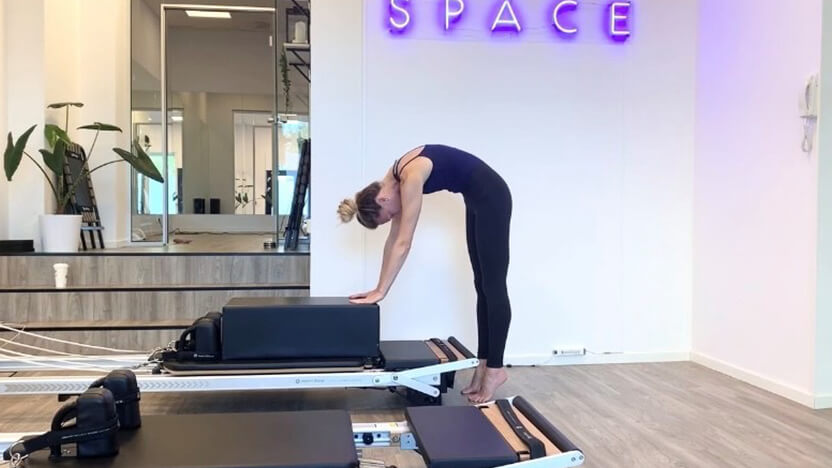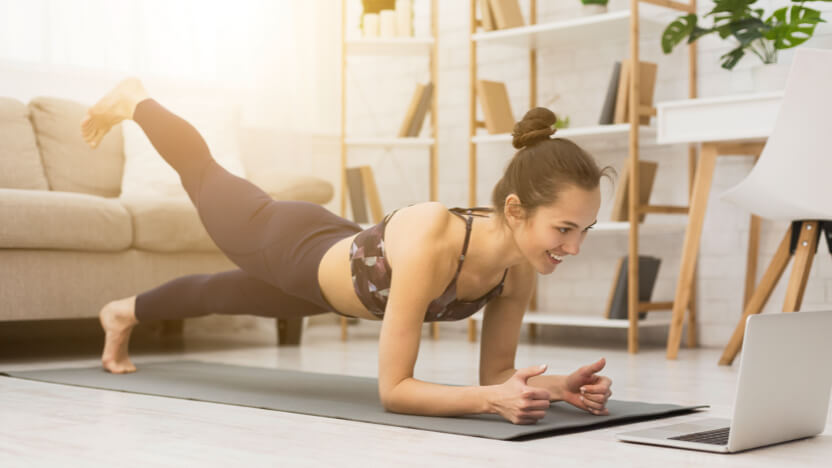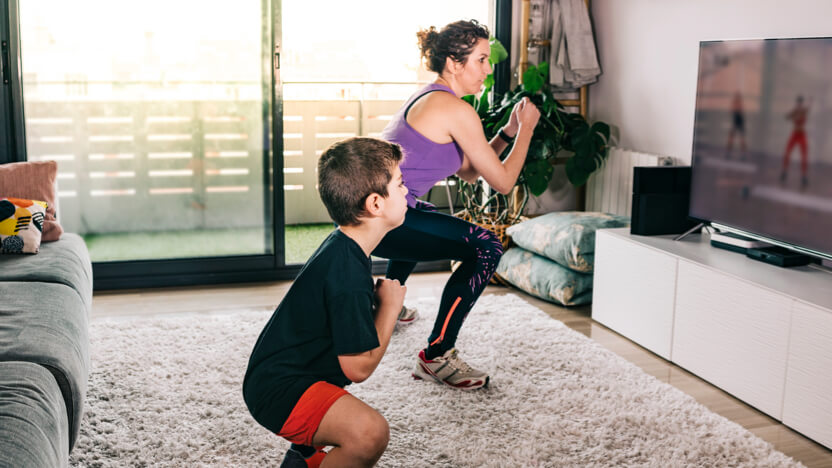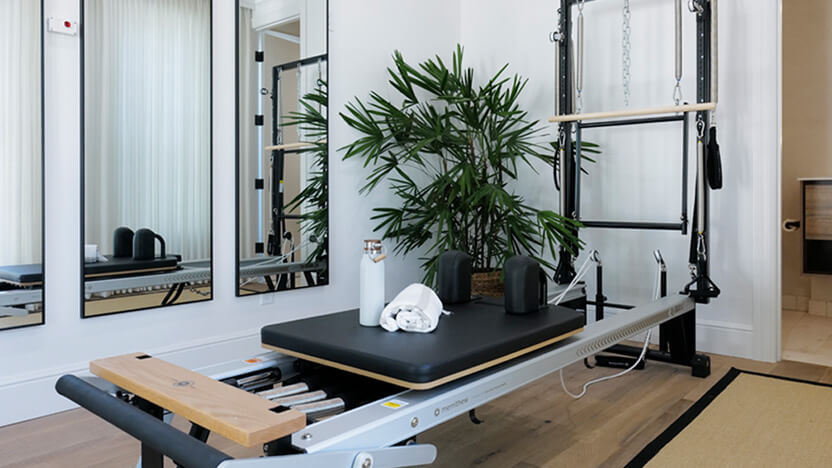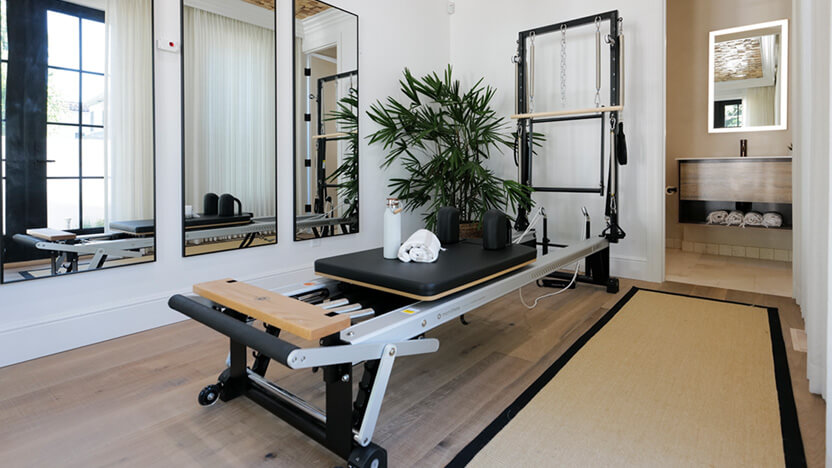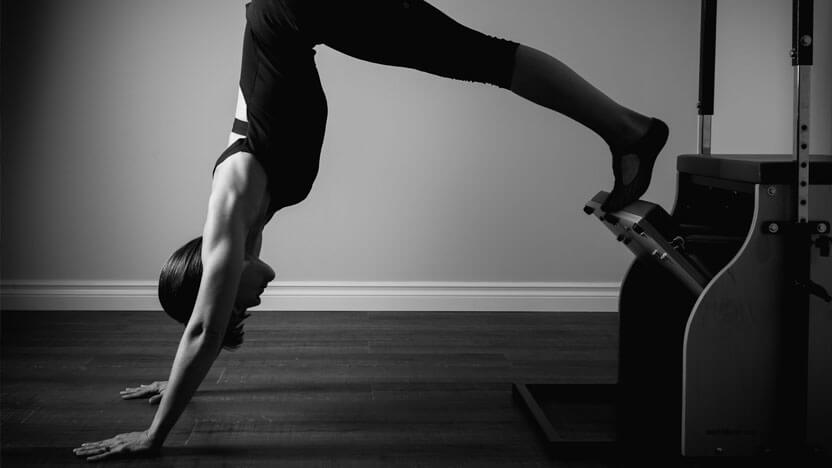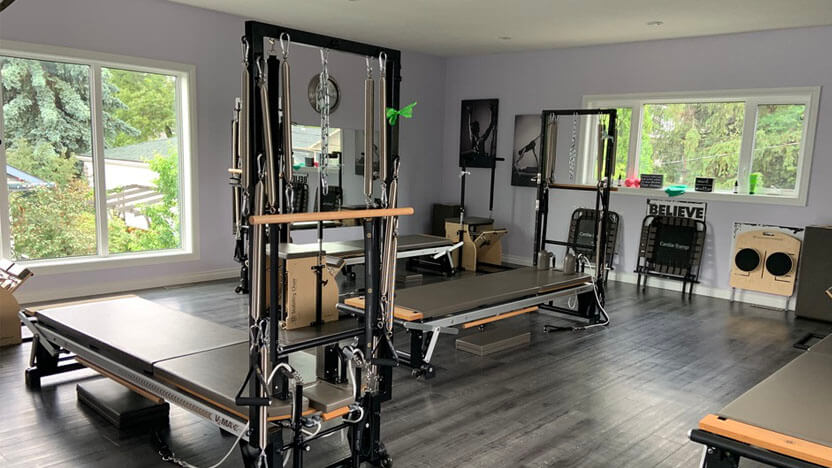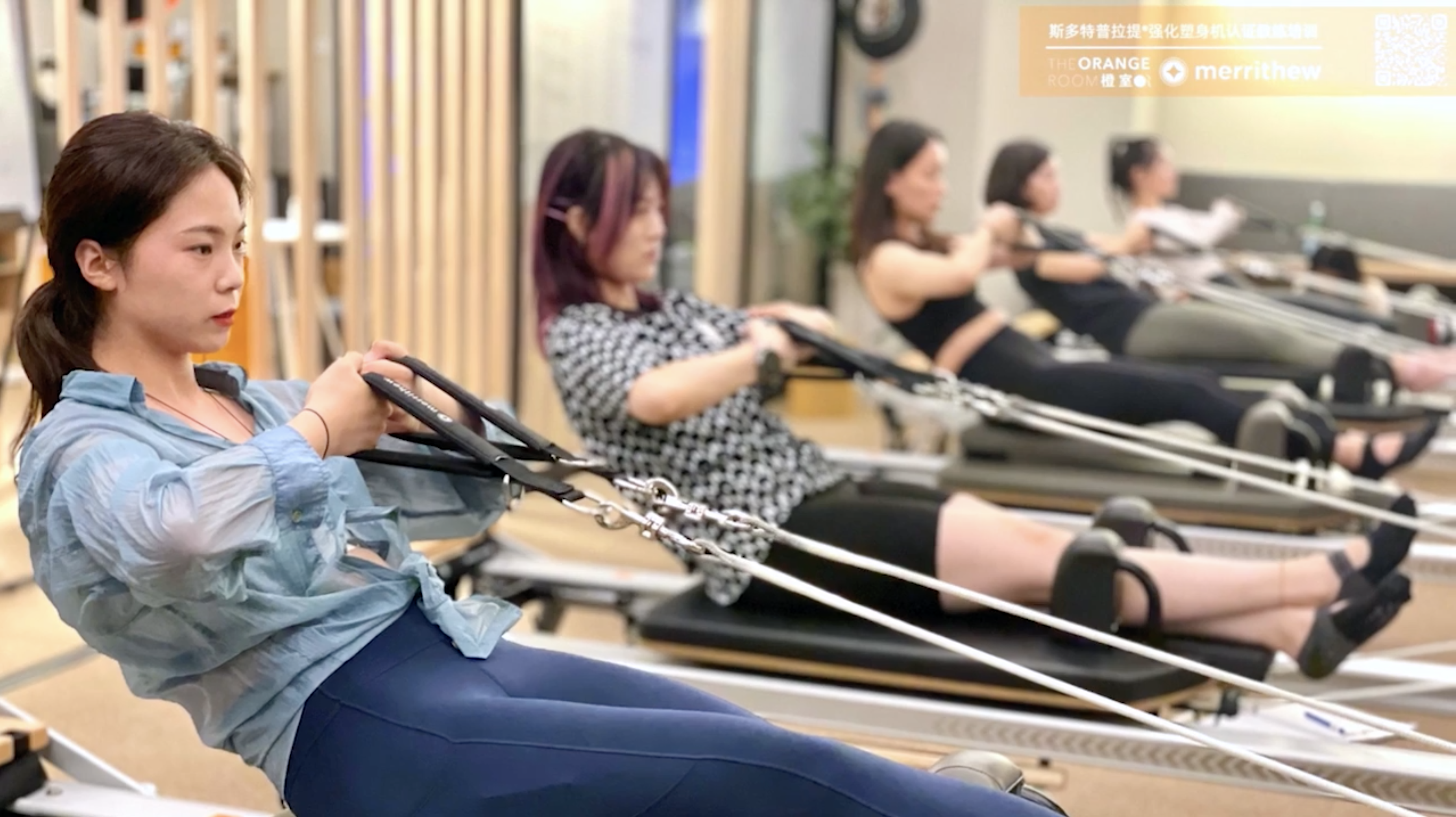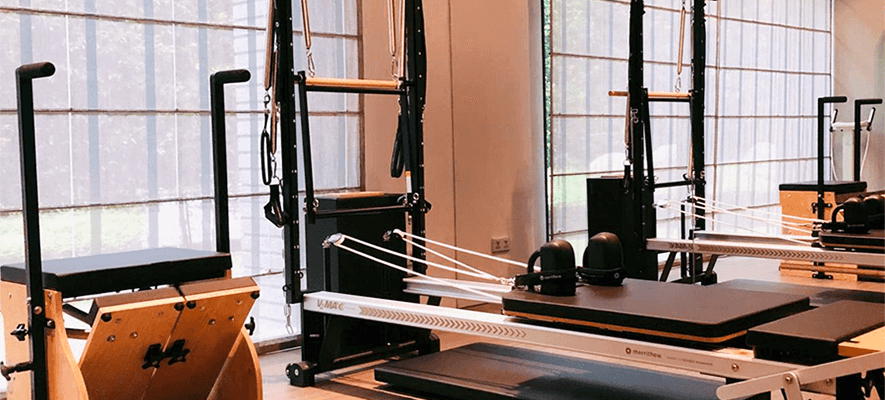How this Pilates instructor built a successful studio in Europe’s largest fitness market
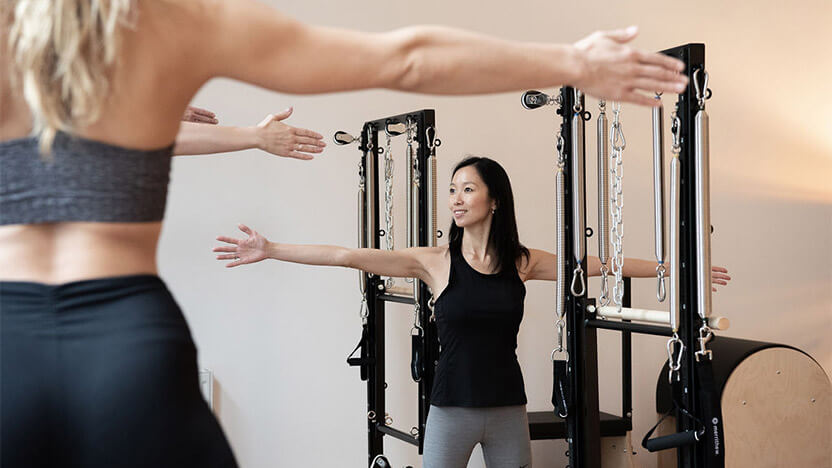
When Johanna Hwang speaks of her business — The Pilates Place Berlin — she says all the right things. While it’s not uncommon in the age of fast fitness trends trends to see more emphasis placed on words than action, what distinguishes Hwang from so many others is that the ambition and common sense she espouses is more than mere platitudes.
She doesn’t just say all the right things. She does all the right things, too.
To understand this, one needs to look no further than her beautiful studio in Berlin. Fully outfitted with Merrithew™ equipment, The Pilates Place is a spacious statement in tasteful design. But it’s more than its mere appearance that attracts the eye of potential clients.
“Merrithew, to me, is like the Rolls-Royce of Pilates brands,” explains Hwang. “The equipment is stylish, yes, but it’s also practical, multi-functional, comfortable and high quality.” The matching of form and function is a recurring theme in Hwang’s business, and it begins with her decision to use Merrithew products to attract and retain clients. She says, “Some clients, who have trained in studios with other equipment, told me just lying on a Merrithew Reformer feels more comfortable. It gives a different dynamic during the exercises. I believe it’s one of the reasons why they keep coming to my studio.”
Certainly, there’s a large element of calculation involved in running a successful Pilates business in Germany, Europe’s largest fitness market, but there’s no shortage of intuition either. Two years ago, when Hwang’s partner told her about an empty space in Mitte, Berlin’s central borough, she immediately called the real estate broker. “At the first viewing I knew,” she remembers. “This was the right place for the boutique Pilates studio I had dreamed of: high ceiling, amazing lighting, in a new residential area, nearby offices and public transportation.”

The decision to locate in her dream space wasn’t without hazards, however. “The risk of another lockdown due to COVID-19 was there, but I didn’t want to lose the chance of getting this beautiful studio, so I signed the contract and started building. Unfortunately, the pandemic got worse, and we were forced into a second lockdown just as the studio was ready to open in November of 2020.” It was only after a seven month wait that Pilates and fitness studios were allowed to open again in the area.
In the beginning, Hwang relied on fliers to attract clients, but as time as gone on she’s focused her outreach efforts through social media and relying on word of mouth. “I am very active on Instagram and Facebook, offering discounts to new clients and for special occasions,” she explains. “More recently, I’ve seen clients recommending the studio to friends and families.”
It’s not difficult to understand why clients would be eager to spread the word. Hwang again points to Merrithew equipment as a deciding-factor: “Not many other studios can offer a Cadillac Trapeze Table or Ladder Barrel, for example.” But Hwang’s connection with Merrithew doesn’t end there. Not only is she trained and certified in STOTT PILATES®, but so are several of members of her team of instructors, as well. This expertise has worked best with small group classes, which are among the most popular offerings at The Pilates Place Berlin.

Hwang’s use of Merrithew equipment and programming is more than just another example of how she’s matched form and function to appeal to clients. It also represents a constant through her Pilates journey.
Hwang tells the story of her introduction to Pilates like it happened yesterday: “I was a ballerina at Staatsballett Berlin. While visiting my sister in the U.S., I found a Pilates studio around the corner — an actual STOTT PILATES studio. After the very first session, I felt such an amazing effect on my body and booked my sessions throughout the whole month I was staying there. I remember falling in love with the Reformer, but also enjoying the mat classes on the stability ball.”
This initial experience changed Hwang’s life. “After having experienced the benefits of the Pilates workout, I decided to start the STOTT PILATES instructor training while I was still dancing. It took me a couple of years to complete the entire instructor training in Milan and Hamburg, and get the certification for all equipment in all levels.”
She put her certification to good use. After ending her dancing career, Hwang began working in several Pilates studios across Berlin. She explains that even during this experience, “I always had the dream of owning my own business, because following the visions of others was not enough for me.”

Now, several years later, with a studio full of Merrithew equipment and STOTT PILATES certified instructors, Hwang is finding success in making her vision a reality. While she takes pride in the individual relationships she’s developed with each client — “We have built up a deep trust. We always exchange information, not only about mindful movement, but also other things in life.” — and playing a pivotal role in their journey — “I enjoy seeing them improve so quickly. Their success is my success.” — Hwang possesses a passion and ambition for more.
“Over the coming years, I want to see Pilates grow in Germany,” she says. “I want the opportunity to use my passion to make everyone feel the amazing and extraordinary benefits of the Pilates method. I believe Pilates is great for everybody. I just have to find a way to get that message out there.”
Given her story so far — a testament to practicing what you preach — one would only be foolish to bet against her.
Source: https://www.merrithew.com/blog/post/2022-03-24/how-this-pilates-instructor-built-a-successful-studio-in-europe-s-largest-fitness-market
